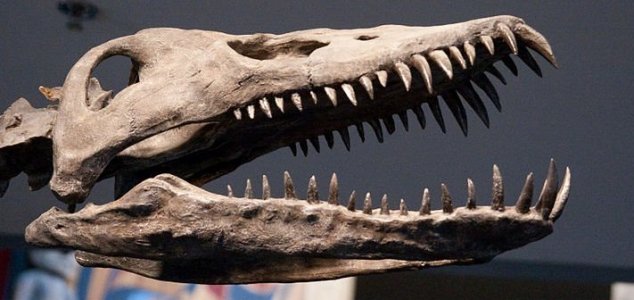
The discovery that some plesiosaurs could have lived in freshwater has re-ignited the debate on Nessie.
The quintessential Loch Ness Monster sighting is typically that of a large, long-necked creature that appears as a head and neck (or a series of humps) protruding from the water.

Over the years this has led some to speculate that the creature could be a plesiosaur – a type of prehistoric aquatic reptile – as depicted by an oft-photographed model that can be found outside the Loch Ness Exhibition Center at Drumnadrochit on the western shore of the loch.

While many have played down this possibility (not least because plesiosaurs died out million of years ago and lived in the ocean), a new fossil discovery has recently added some renewed credence to the theory by suggesting that some plesiosaurs actually did live in freshwater.

Researchers at the University of Bath recently discovered the fossil remains of several small plesiosaurs that lived in a river system 100 million years ago in what is now the Sahara Desert.
The find indicates that these creatures lived in freshwater alongside crocodiles, fish, turtles and dozens of other species.

“We don’t really know why the plesiosaurs are in freshwater,” said study co-author Dr Nick Longrich.
“It’s a bit controversial, but who’s to say that because we paleontologists have always called them ‘marine reptiles’, they had to live in the sea? Lots of marine lineages invaded freshwater.”

But does this mean that the Loch Ness Monster could be a plesiosaur ?
Probably not, but it certainly doesn’t prove that it isn’t.